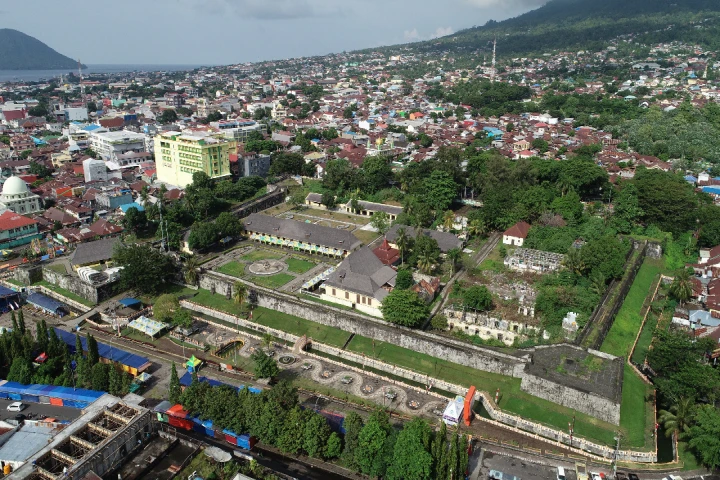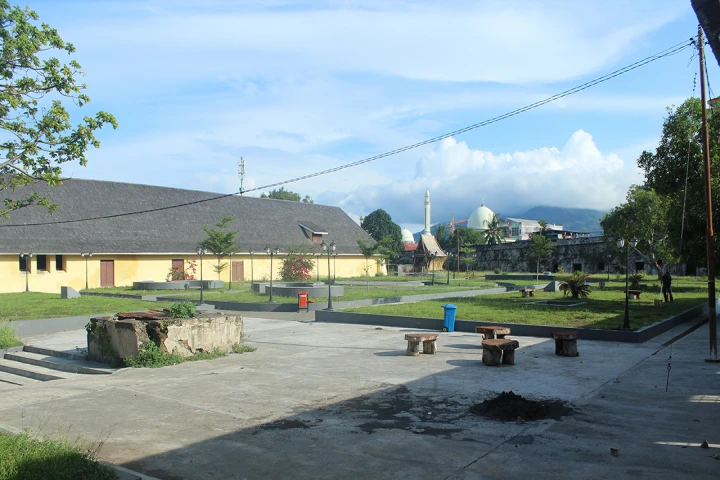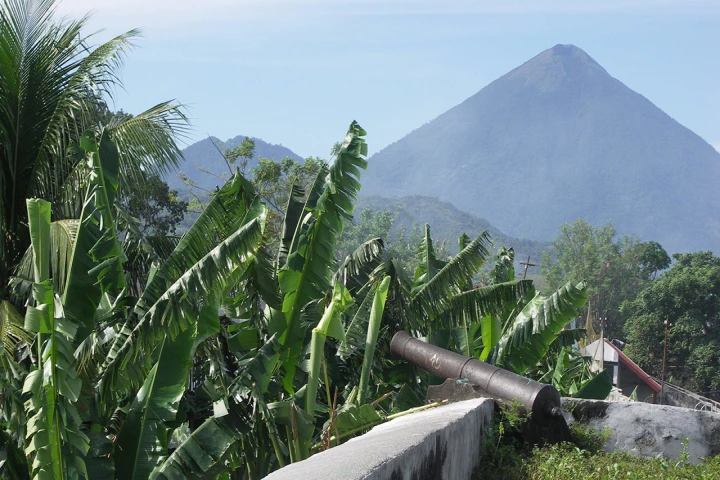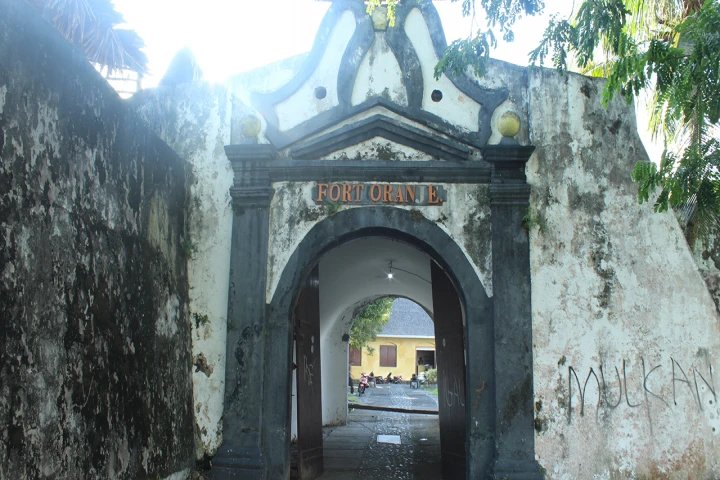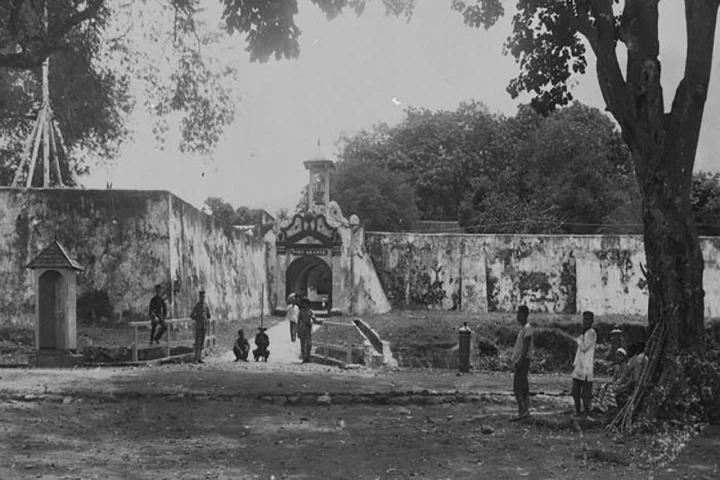Fort Oranje Ternate and Its Role in History
admin
16 February 2022
As the global leading clove producer, North Maluku was a place that world explorers, especially the Europeans, often visited. Trading wasn't enough; they wanted to dominate the resource. Fortresses were built to mark their territory. One of them was Fort Oranje.
Fort Oranje was built on the land where the Sultan of Ternate's Fort Malay formerly stood, abandoned. The Sultan of Ternate gave VOC the fort as a gift after VOC managed to banish the Spanish from Ternate. Aligned with it, the Sultan of Ternate granted permission for VOC to monopolize the clove trade in the territory. An admiral called François Wittert reconstructed Fort Malay and changed its name to Fort Oranje in 1605.
Fort Oranje becomes an event site in history. The first Governor-General of the Dutch East Indies, Pieter Both, once used the fort to negotiate with Sultan Mudaffar from Ternate after VOC assigned North Maluku as the Dutch East Indies' central government they established. In addition, the National Hero Sultan Mahmud Badarudin II from Palembang and his family were exiled at Fort Oranje in 1822, after a long struggle to liberate Palembang from the Dutch until the end of his life, where he was buried not far from Fort Oranje.
Source:
Sistem Registrasi Nasional Cagar Budaya. “Benteng Oranje” accessed through http://cagarbudaya.kemdikbud.go.id/cagarbudaya/detail/PO2017090800371/benteng-oranje on 8 February 2022
Image sources:
Tropenmuseum Collection
BPCB Maluku Utara
RaymondSutanto/Wikimedia
FridusSteijlen/Univesitas Leiden
